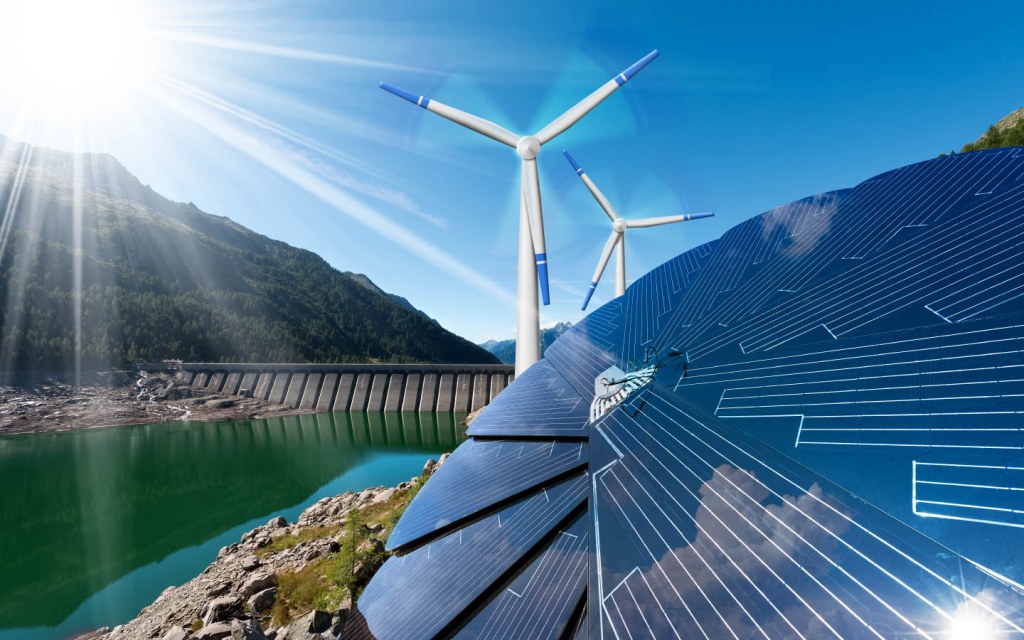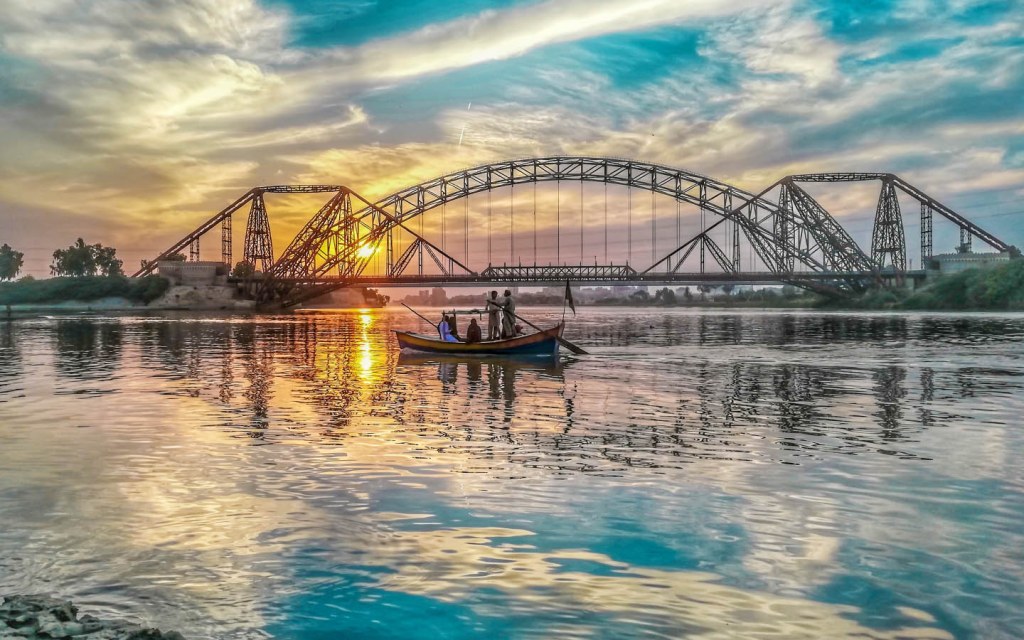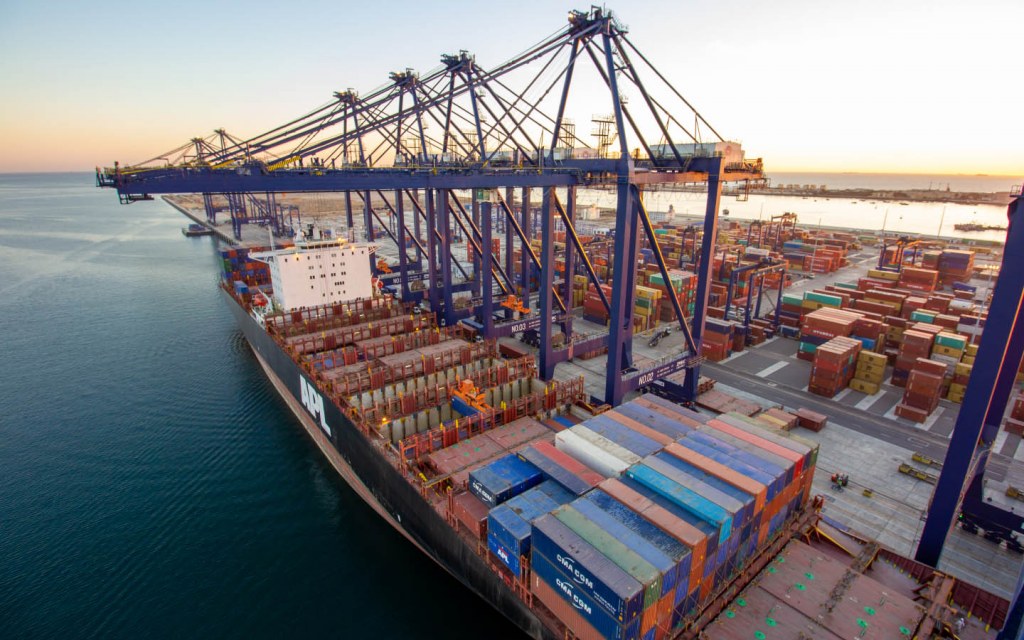Home » Construction » Important Projects for Elevating Trade and Living Standards in Sindh
Sindh – Home to Quaid-e-Azam’s birthplace – is developing at a rapid pace than ever before. With upcoming metro buses, elevated road networks, and innovative power solutions, the currently under-development mega projects in Sindh are going to transform everyday life in this province. The idea for this post came to us while discussing mega projects in Punjab, where mentioned that Punjab is developing a healthy competition for other provinces.
Being Pakistan’s most trusted source of information, we’ve taken this as an opportunity to compile a list of ongoing mega projects in Sindh and bring you the crispiest updates on them. So, without further ado, let’s dive into the details of each project along with their estimated date of completion.
List of Mega Projects in Sindh
Before we start detailing the mega projects in Sindh, let’s first understand the need for provincial development and how it affects the life of an ordinary individual who works from dawn to dusk. To begin with, provincial development projects have the ability to advance the social progress of citizens, mainly by providing easy access to social amenities. These amenities may comprise quality education and preventative facilities, clean and hygienic water, and a fully developed transportation infrastructure, to name a few.
The grass-root betterment of the society leads to economic growth, and we all know for a fact that economic growth ultimately results in the creation of better employment opportunities, a decrease in poverty, and improved quality of life. Simply put, provincial development is something that keeps benefiting citizens with every project and initiative it undertakes.
That said, here’s a compilation of a few grand projects in Sindh:
- Sustainable Energy Project
- Sindh Masterplan
- Industrial Development
- Mass Transit System
Sustainable Energy Project

Development is crucial, but what’s more important is the sustainability of developments. The criticality of sustainable developments can be judged from the fact that the United Nations General Assembly has formed a separate commission for it. According to this commission, “Sustainable development is a process in which an explanation of resources is done to meet the needs of the present generation without compromising the ability of future generations to meet their needs”. We can use developing countries as a parameter to determine why adopting a sustainable lifestyle is rather a need than a luxury. Driven by the extreme need for sustainability, the Government of Sindh has initiated two major projects to support the mission of the United Nations.
The first project saw the Energy Department of Sindh sign an agreement with a private institution to commence the Sindh Solar Energy Project (SSEP). Working in collaboration with the World Bank, the energy department has also invited national energy suppliers such as K-Electric, HESCO, and SEPCO to contribute to the project’s planning, execution, and delivery.
Briefing about the project’s funding and sponsorship, Sindh Energy Minister Imtiaz Shaikh said, “$100 million will be provided by the World Bank while the Government of Sindh would generate $5 million for the project”. As a part of ongoing mega projects in Sindh, this specific project is already in its preliminary stages while other phases will be carried in the following order:
- In the first phase, the government will install a 400 MW solar park in Manjhand.
- The second phase will include Karachi and Hyderabad’s public sector buildings. These buildings will be fully converted to solar power with 20 MW rooftop panels.
- The third and most important component of the project includes the installation of around 200,000 solar plants for civilians. These plants will be installed in remote areas of 10 districts of Sindh, where grid stations are unable to supply electricity.
Predicting the success and importance of the project, Chief Minister Sindh Murad Ali Shah said that upon completion, the project will save millions upon millions of rupees in electricity expenses.
The good news doesn’t end here since Sindh’s cabinet has pledged more support to the UN’s mission by approving another project for renewable power plants and a national grid station. Speaking on the subject, Sindh Energy Minister Imtiaz Shaikh revealed the geographical details of the power plant project in Sindh. He said, “10 renewable energy companies and the NTDC had applied for land allotment to set up wind and solar power projects in Thatta, Dadu and Jamshoro districts”. He added, “Seven projects have been aimed to execute in Thatta while Dadu and Jamshoro will have one each”.
To wrap it up, sustainable development is one way of raising awareness and educating citizens about how to use natural resources efficiently. While the effort eradicates several environmental hazards, it also brings a drastic change in consumer behaviour, knowledge, and attitude toward society.
Sindh Masterplan

Some experts in the world believe that urban growth will ultimately lead to chaos if it isn’t planned with responsibility. We cannot deny the fact that the increasing urbanisation, if not planned adequately, will lead to damaged green belts, more environmental pollution, and increased traffic. Besides these three significant hazards, let’s not forget other consequences, including health problems.
After the masterplans for Lahore and Islamabad were announced, the Government of Sindh has pleasantly surprised the citizens of the province with a grand masterplan that includes not one, two, or three but fifteen major districts of the province.
With the help of this grand project in Sindh, the government aims to manage and control the distribution of residential settlements. The Sindh Planning and Development (P&D) Department has taken the responsibility of developing the masterplan for these districts. The department recently unveiled masterplans for Karachi and Sukkur.
The plan will see an adequate allocation of land for future housing schemes and commercial projects, and the P&D Department has announced the location of government offices, educational institutions, and hospitals. Similarly, specific areas for industries, religious centres, and recreation have also been reserved in the plan. Upon inquiring, the official also revealed that the masterplan includes a proper infrastructure for transportation, water and drainage system, waste management, and treatment system, along with a separate action plan for the rehabilitation of the existing system.
Industrial Development

No bones about it: industrial development is the driving force behind economic growth. So, when nations compete on a global level, they start working on growing their major industries. In a similar vein, the government of Sindh recently approved two mega projects in Sindh, including the NED Technology Park and Sindh Stone Development Company.
To begin with, the NED Technology Park project – a digital industry – is a collaborative project of the Sindh Government and the NED University, which will see the development of a 20-storey technology zone. The building will invite and grant space to IT professionals and experts to start their business.
The situation of technology development in a country primarily reflects the intensity in advancement, creativity, and innovation. So, ultimately the technology park will enable the rest of the universities in the province to understand and encourage gaining knowledge for digital & industrial development. Not to mention the financial gains brought the technology park will be a great motivation for existing industries to continue to innovate and contribute until this initiative develops into an entire industry and gradually matures towards excellence. On the other hand, this park will also make way for newer ideas.
Next, the Sindh Stone Development Company – a mining and manufacturing industry – aims to develop a 300 acre Marble City in Karachi to take advantage of the natural resources gifted to this land. Briefing on the project, the Chairman of Sindh Board of Investment Dr Asif A Brohi said, “Marble City Project will be executed under the Special Economic Zones Act 2012 and it has a tremendous investment and growth potential for businesspersons”.
Dr Asif further added, “The concept is based on cutting edge stone technology and custom facilities to create the largest and most technologically advanced industrial park for Dimension Stone (Marble and Granite) in Karachi”.
Elaborating on the outcome of the project, the chairman said that the project has the potential to create more than 15,000 jobs. Upon asking the whereabouts of the project, he replied that the project comprises a sum of 170 small marble processing units, while each individual unit will be equipped with a training centre and a warehouse.
Now comes the most interesting part of these projects as to how they will elevate trading standards in Sindh. Looking from an investor’s binoculars, both these projects come under the category of Special Economic Zones or SEZ. What this means for investors is that they will enjoy exemption on income tax for ten years while there’s a special exemption on customs duty on import of machinery for these projects.
Mass Transit System

Ever wondered why the use of public transport has declined over the past few decades? Well, one reason is that automobiles are a major competitor to public transportation, but not everyone can afford one. The other is the great need of upgrades in the current transport system. While we can only see the decline in the use, we’re unaware of the damage it has caused to provincial revenues, especially in a system that operates on subsidizations.
Now, what will happen if the government provides superior and more comfortable services for commuters? Obviously, people will start shifting to public transport to avoid parking and other such tolls. While this is about to happen in Karachi since Green Line BRT Karachi is already going to be delivered in 2020, the Government of Sindh also plans to launch biogas buses in Karachi. The project has been named as Red Line.
Detailing the project’s importance, Sindh’s Minister for Energy said, “The Red Line is the world’s first transport project to receive funding from the UN Green Climate Fund”. Here’s what you should know about one of the next big things in the ongoing developmental projects in Sindh:
- The grants and aid from the UN will be used to finance the biogas plant. The grant will also be used in the transition of diesel buses to natural gas hybrid technology.
- Around 29 stations will be built across Karachi
- Each bus will carry up to 125 passengers
Speaking about the project, Prime Minister’s Advisor on Climate change Malik Amin Aslam said, “This is a real cause for celebration and a big gift for Karachi. We are glad that the Government of Sindh has taken the lead on it”.
Advancement in the mass transit system moves a large number of people to use the same mode of transportation while consuming fewer resources and reducing congestion in traffic. On top of everything, public buses are usually operated by professional drivers and hence have a lower accident rate than cars, bikes, and other private vehicles.
We take the responsibility of keeping you updated with the progress of these grand projects in Sindh. However, we suggest you bookmark this page to return periodically to this page.
For more informative posts, subscribe to Zameen Blog. If you have any questions or suggestions, hit us up at blog@zameen.com. Make sure to like our Facebook page.



